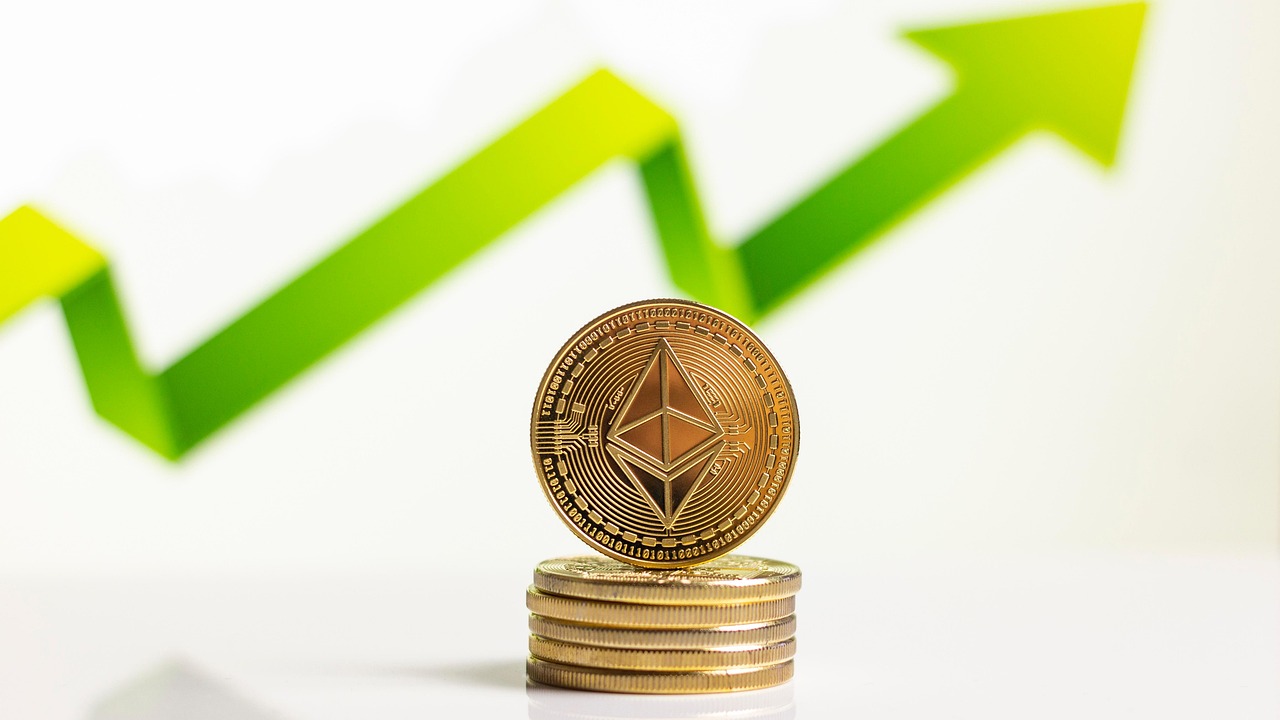| 1 Introduction to Ethereum |
| 2 The Role of Ether |
| 3 History and Founding of Ethereum |
| 4 Ethereum Virtual Machine and Smart Contracts |
| 5 Solidity and Decentralized Applications |
| 6 Transition to Proof of Stake |
| 7 Ethereum Roadmap and Upgrades |
| 8 Ethereum and Decentralized Finance |
| 9 Ethereum and Nonfungible Tokens |
| 10 Community and Governance |
| 11 Challenges and Future Outlook |
| 12 Conclusion |
Introduction to Ethereum
the digital currency Ethereum is an independent platform that the enables developers to construct and deploy smart contracts and decentralized apps on a global scale utilizing blockchain technology Unlike standard platforms Ethereum enables for apps to function without any leisure time fraud control or intervention from a third party This makes Ethereum a valuable tool for designing trustless systems that run primarily on code and logic rather than human control or The Rise of Ethereum in Decentralized Technology interaction
The Role of Ether
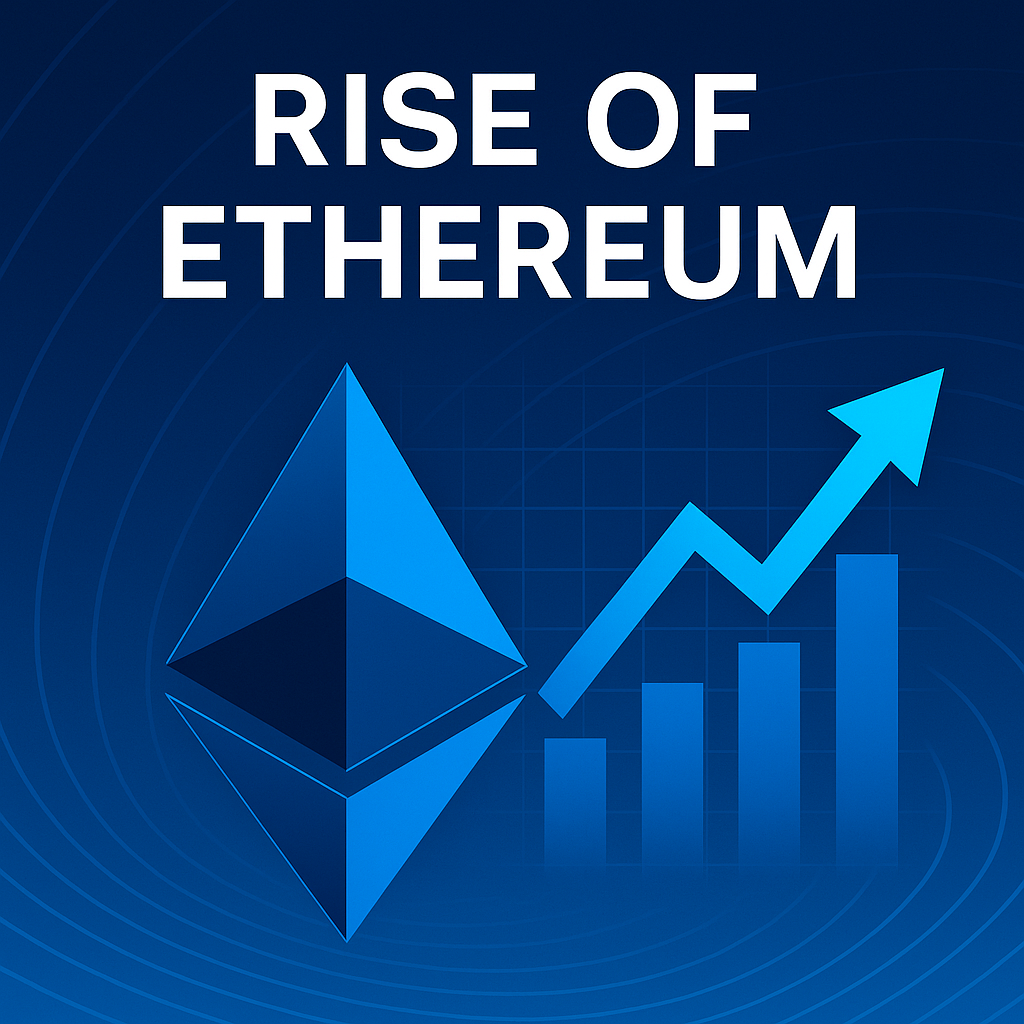
At its core the digital currency operates as a freely available blockchain that uses a native cryptocurrency called Ether also referred to as ETH This digital currency is used to make payments for transactions for computation and storing within the network It is also traded and held as an asset equivalent to Bitcoin However while Bitcoin originated primarily as a digital alternative to traditional currencies Ethereum was created to serve as an architecture for decentralized applications which is a significant and groundbreaking difference The Rise of Ethereum in Decentralized Technology
History and Founding of Ethereum
Ethereum was introduced in late 2013 by the developer Vitalik Buterin and development began in early 2014 with a crowdfunding effort that gathered millions of dollars from supporters across the world The network was debuted in July 2015 Since then it has evolved to become one of the largest and most prominent
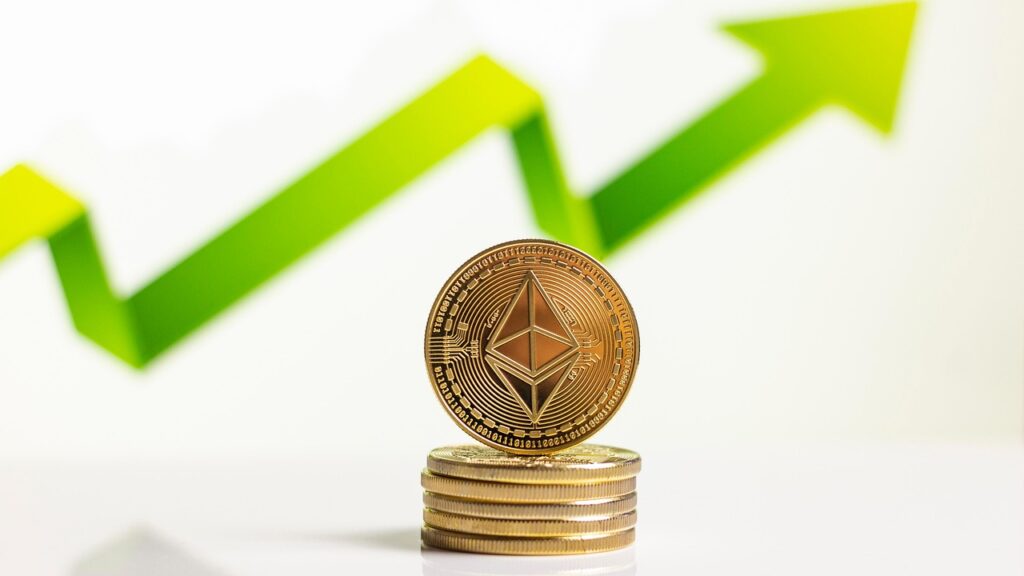
blockchain platforms in existence drawing developers investors and institutions from all corners of the world
Ethereum Virtual Machine and Smart Contracts
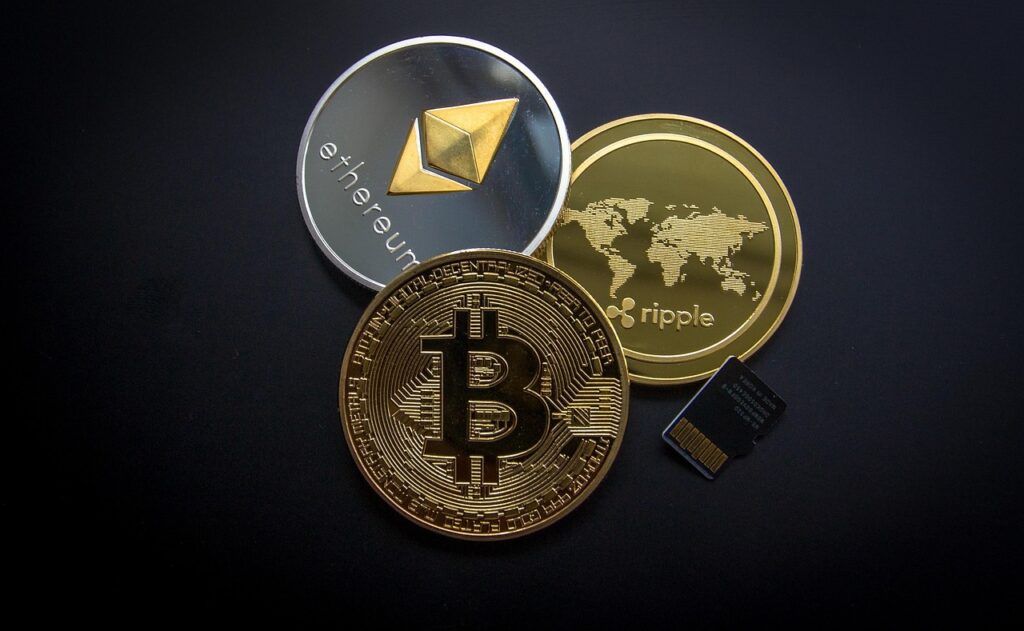
The Ethereum Virtual Machine or EVM is a major component of the network It works as a decentralized computer that developers may use to generate smart contracts which are selfexecuting contracts with the conditions directly encoded into lines of code These smart contracts function precisely as planned which removes the need for middlemen and decreases the danger of fraud manipulation and inaccuracy They may be used for a broad number of applications including financial transactions gaming social media governance supply chain tracking and much more
Solidity and Decentralized Applications
One of the primary features of Ethereum is its flexibility and ability to handle multiple programming languages through its Solidity programming language Solidity is created primarily for constructing smart contracts and is frequently used by developers to build decentralized apps or dApps These dApps operate on the Ethereum blockchain and employ smart contracts to handle backend activities which assures that they are decentralized safe and resistant to censorship
Transition to Proof of Stake
Another essential characteristic of the Ethereum network is its unanimous agreement mechanism Initially Ethereum utilized Proof of Work which is the the same consensus technique used by Bitcoin nevertheless Ethereum has subsequently changed to a Proof of Stake approach with the launch of Ethereum 20 This update intends to boost the efficiency and scalability of the network while lowering energy consumption Proof of Stake is employed via enabling users to validate transactions and produce new blocks based on the amount of ETH they own and are prepared to lock up as a stake
Ethereum Roadmap and Upgrades
This shift is part of a bigger initiative to improve the overall performance and sustainable development of Ethereum known as the Ethereum Roadmap This roadmap includes different changes such as sharding which entails dividing up the blockchain into smaller sections to boost processing speed and avoid congestion Other upgrades focus on strengthening security decreasing transaction fees and expanding the ease of creation for decentralized apps
Ethereum and Decentralized Finance
the Ethereum network has also played a vital part in the growth of autonomous finance or DeFi This movement tries to reproduce classic financial processes such as lending borrowing and dealing without relying on centralized organizations or banks Instead DeFi platforms employ smart contracts to perform financial activities automatically and openly on the blockchain Ethereum is the primary system on which most DeFi protocols are developed which has resulted to a large rise in the quantity of cash moving over the Ethereum network
Ethereum and Nonfungible Tokens
In addition to DeFi the Ethereum network has also provided the basis for the burgeoning area of nonfungible tokens to be used or NFTs NFTs are digital assets that symbolize ownership of unique goods such as art music rare items and more Each NFT is kept on the blockchain and has data that makes it different from other tokens Ethereum has facilitated the broad use of NFTs by offering a standardized and safe means to mint trade and pass on them
Community and Governance
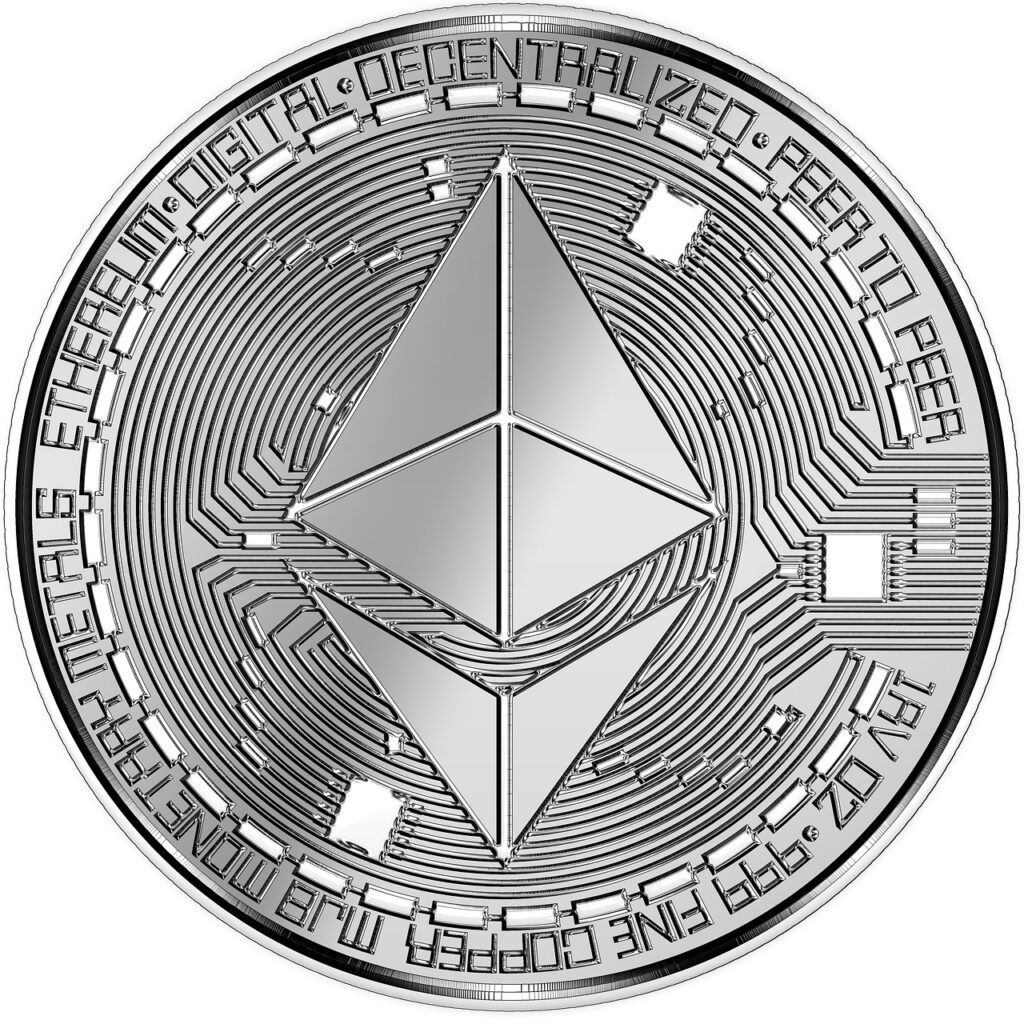
The Ethereum group is one of the most active and enthusiastic in the blockchain industry Developers are always working on new tools collections and regulations to make it easier to develop on Ethereum The
community also plays a significant role in governance by engaging in debates suggestions and improvements that influence the future direction of the platform This decentralized governance mechanism helps guarantee that Ethereum continues to be a public benefit maintained and enhanced by its users
Challenges and Future Outlook
Despite its numerous benefits Ethereum still faces significant hurdles Scalability is a big concern as the network of things can become overcrowded during times of strong demand which results to slower purchases and higher costs Answers such as layer 2 scaling and bundles are being developed to address these difficulties and make the platform greater efficient Another difficulty is regulatory ambiguity as governments and financial organizations continue to adopt regulations that impact both the implementation and growth of blockchain technology
Conclusion
Ethereum is considerably more than simply a digital currency It’s a pioneering technology that has opened the way to decentralized applications smart contracts and complete new financial systems It’s revolutionized how we think about trust, openness, and power in the digital world With ongoing innovation and a dedicated community propelling it forward Ethereum is likely to play a big role in determining the future of the internet and digital currencies.

